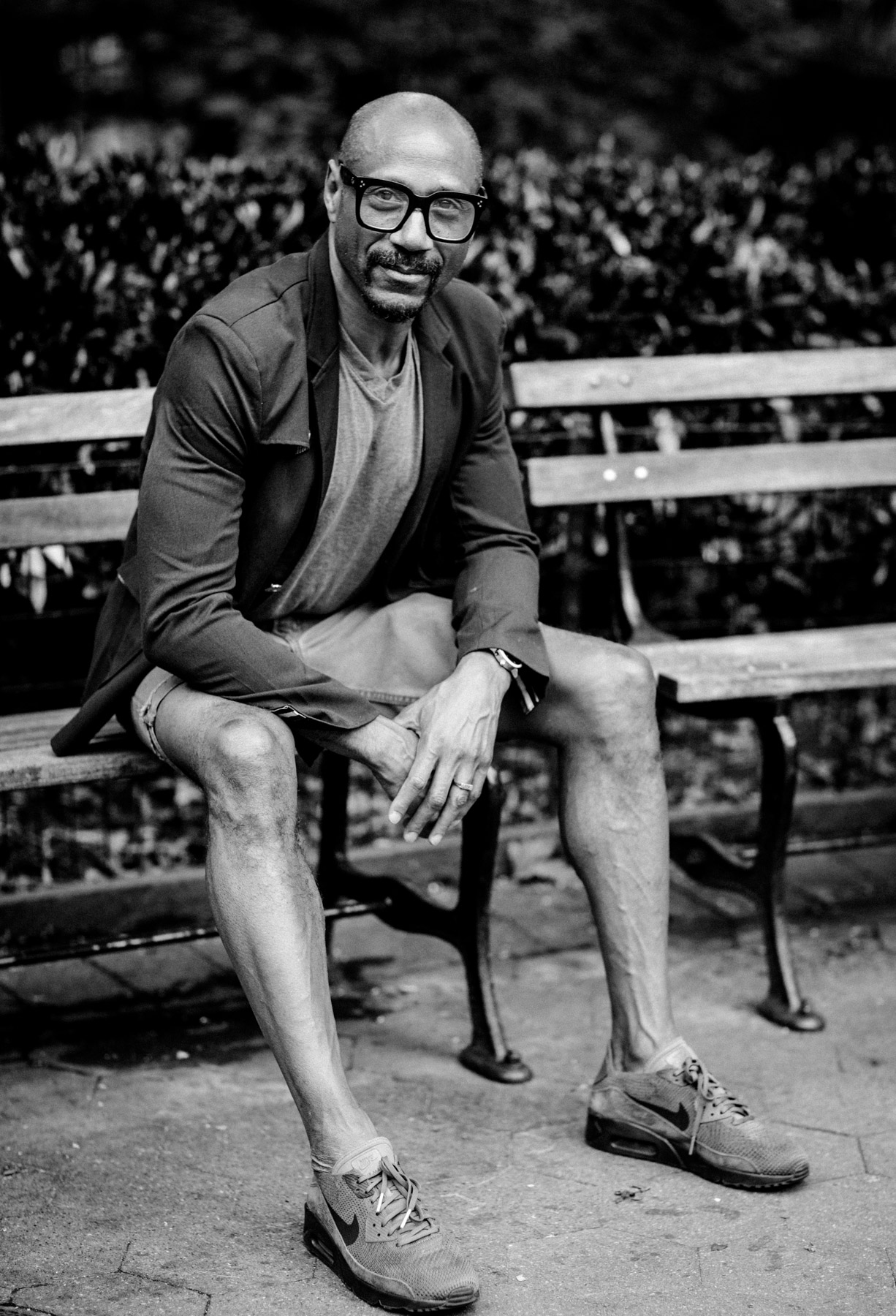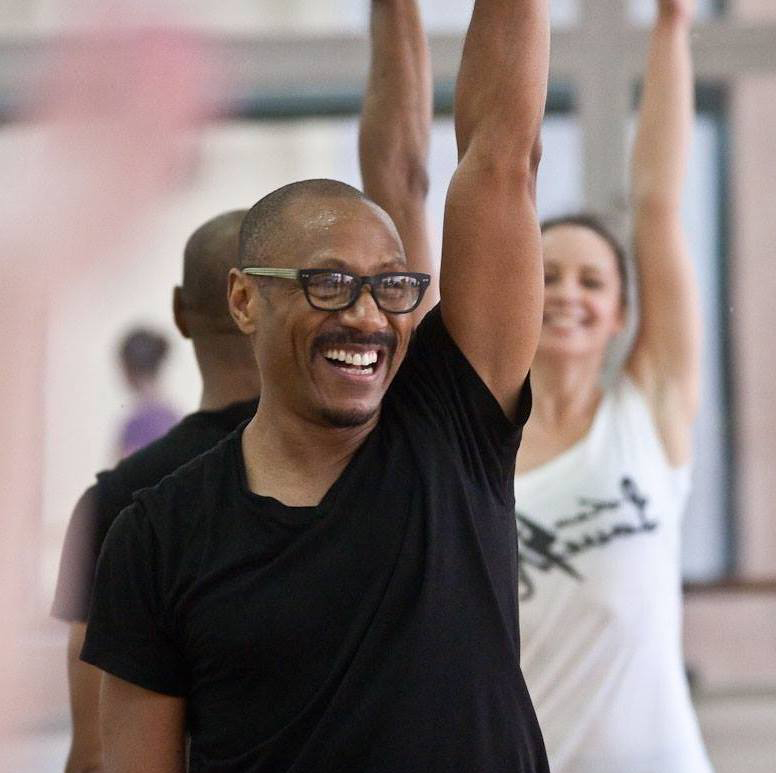
The dancer’s life is filled with triumphs and stresses. For every stretch of job instability and for every bit of wear and tear the body endures, there is the adulation that follows a great performance, and the feeling of completeness on the stage.
For most of his well-regarded career, Blake experienced the highs. But with two hip surgeries since 2005, the dancing career has slowed down and been replaced with teaching gigs. Those jobs have helped him grow in a different way, but he can’t help but feel like he’s left something on the table.
“You go on stage with more depth than you ever have,” he says of his dancing now. “You’ve accumulated a lifetime of experiences. You’re carrying your past with you and that’s different. And it’s lovely. I want to do more. I’m making my third comeback.”
This week, we wanted to talk to Blake about the lessons in transition, and what he had to learn about being a teacher to those in their 20s (hint: they think a bit differently). We also heard about how that comeback came about.

Blake was drawn to dance initially because it didn’t require him to speak. And as a black man in the ‘60s, that was what he was most afraid of. Movement, he decided, would be his way of communicating.
“Until I realized it was more than that,” he says. “It is my language, it’s what I’m going to speak the loudest and that’s what it’s been for me all of these years. It has nothing to do with what anyone else thinks of me. It’s about self-fulfillment. It’s an amalgamation of mind, body and spirit. And when those things come together, that’s power and that’s what I’m in it for.”
The withdrawn young child, the only African-American in a community of suburban white children in New Jersey, grew wings and learned to fly. For 25 years, he traveled around the globe with touring companies (“terrorizing country after country,” he says, laughing).
In 2005, a few years shy of his 50th birthday, his doctor informed him he had severe arthritis in his hip and that he’d never be able to dance again.
“I accepted that for a few days and then thought, ‘I’m not going to have that!’ ” He had surgery and developed his own physical therapy exercises to recover. After all, he’s been attuned to his body, in ways most of us aren’t, all of his life.
After he had recovered he found a company of dancers, all of whom were over 50. He joined and spent 10 years with them. The time there confirmed what he had already felt: rather than detract from his abilities, age only added to his depth as an artist, to his ability to convey beauty and truth in his dancing. He preached the same to the undergraduate students he was teaching at Rutgers at the time.
“It’s about understanding what the essence of being an artist is and how the weight of that only intensifies with age and the importance of that to the individual who is actually performing,” he says. “I wanted to communicate that in a way that is universal.”
But he struggled with it. It took a few years before he found a voice in which he could communicate with younger people. He read every article he could get his hands on about millennials.
Easily distracted, used to learning in a non-linear fashion, he needed to understand what turned them off and how to build an emotional connection with them. Finally, he wrote down his thoughts in a Word document and sent it to every one of his classes: “I was like, ‘This is what I’ve learned, maybe we can both learn from each other.’ I was able to describe how I see them, and was also able to describe how I felt about them.”
Blake no longer teaches at Rutgers, but he continues to use the insights he gathered during his time there in subsequent teaching roles and in a place he never thought he’d return: the stage.
In 2017, mesmerized by a performance produced by the Israeli choreographer Netta Yerushalmy, he went backstage and introduced himself. To his surprise, she sent him an email a few weeks later, inviting him to join. This summer, he’ll be performing in Yerushalmy’s Paramodernities #5, at one of America’s dance hubs, Jacob’s Pillow.
“The more I find what makes me happy and what I enjoy in life, the younger I feel,” he says. “I surround myself with people who are the same thing.”

Photo courtesy of Michael Blake
The ideas expressed here are solely the opinions of the author and are not researched or verified by AGEIST LLC, or anyone associated with AGEIST LLC. This material should not be construed as medical advice or recommendation, it is for informational use only. We encourage all readers to discuss with your qualified practitioners the relevance of the application of any of these ideas to your life. The recommendations contained herein are not intended to diagnose, treat, cure or prevent any disease. You should always consult your physician or other qualified health provider before starting any new treatment or stopping any treatment that has been prescribed for you by your physician or other qualified health provider. Please call your doctor or 911 immediately if you think you may have a medical or psychiatric emergency.
AUTHOR

We will never sell or give your email to others. Get special info on Diet, Exercise, Sleep and Longevity.
